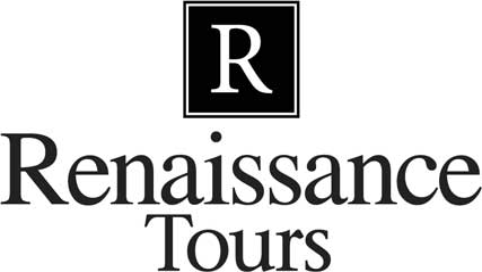The tour The Golden Balkans is no longer available.
Other Tours We Recommend

From Morris to Mackintosh
England and Scotland
with Robert Reason
September 2025 (12 days)

with Robert Reason
September 2025 (12 days)

Most of our tours require a MODERATE level of fitness. However, in certain destinations, or in certain seasons, or because of the nature of travel, certain tours will require an ABOVE MODERATE or CHALLENGING level of fitness. For the overall benefit of the group, at the time of booking we will require you to declare in writing that you are fit to participate in your chosen tour according to the level of fitness required for that tour. If you (or we) have any doubts about your level of fitness, you may be required to undergo a doctor’s appraisal. This would require your doctor to read the itinerary of your chosen tour, including the fitness level, and provide you (and us) with a written confirmation of your ability to participate.
We reserve the right to refuse admission to the tour for any reason before commencement of the tour. Further, if after the tour has begun it becomes apparent that you are unfit or unsuitable to travel on the tour, we reserve the right to require you to withdraw from the tour at the earliest opportunity to do so. No refund will be provided.
It is also a requirement that you do not cause any significant disruption to the tour or the tour group, and we may refuse admission on the tour, or require you to withdraw from the tour at any time if your participation causes significant disruption for other guests or the tour group or there is any safety issue as a result of your ongoing participation in the tour.
Tour members must be able to:
In addition to the above, tour members must also be able to:
In addition to the above, tour members must also be able to:

Level 4, 47 York Street, Sydney NSW 2000
GPO Box 5068, Sydney NSW 2001
1300 727 095 (Australia)
0800 403 621 (New Zealand)
phone +61 2 9299 5801
email info@renaissancetours.com.au
ABN 14 069 591 448.